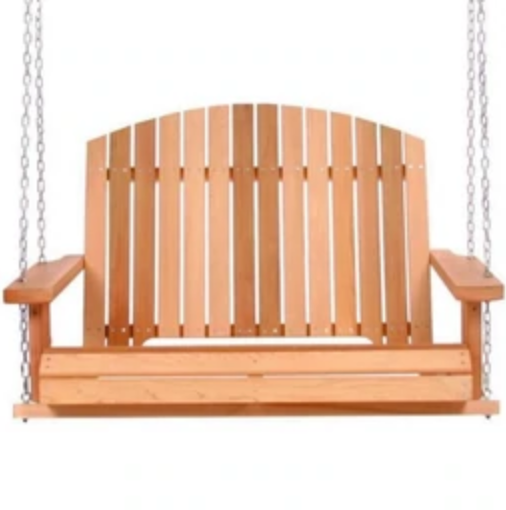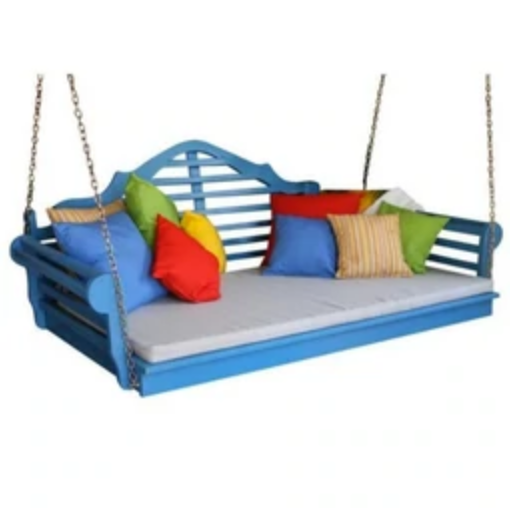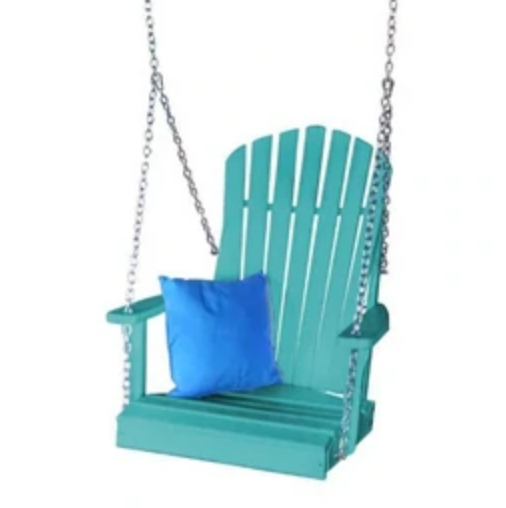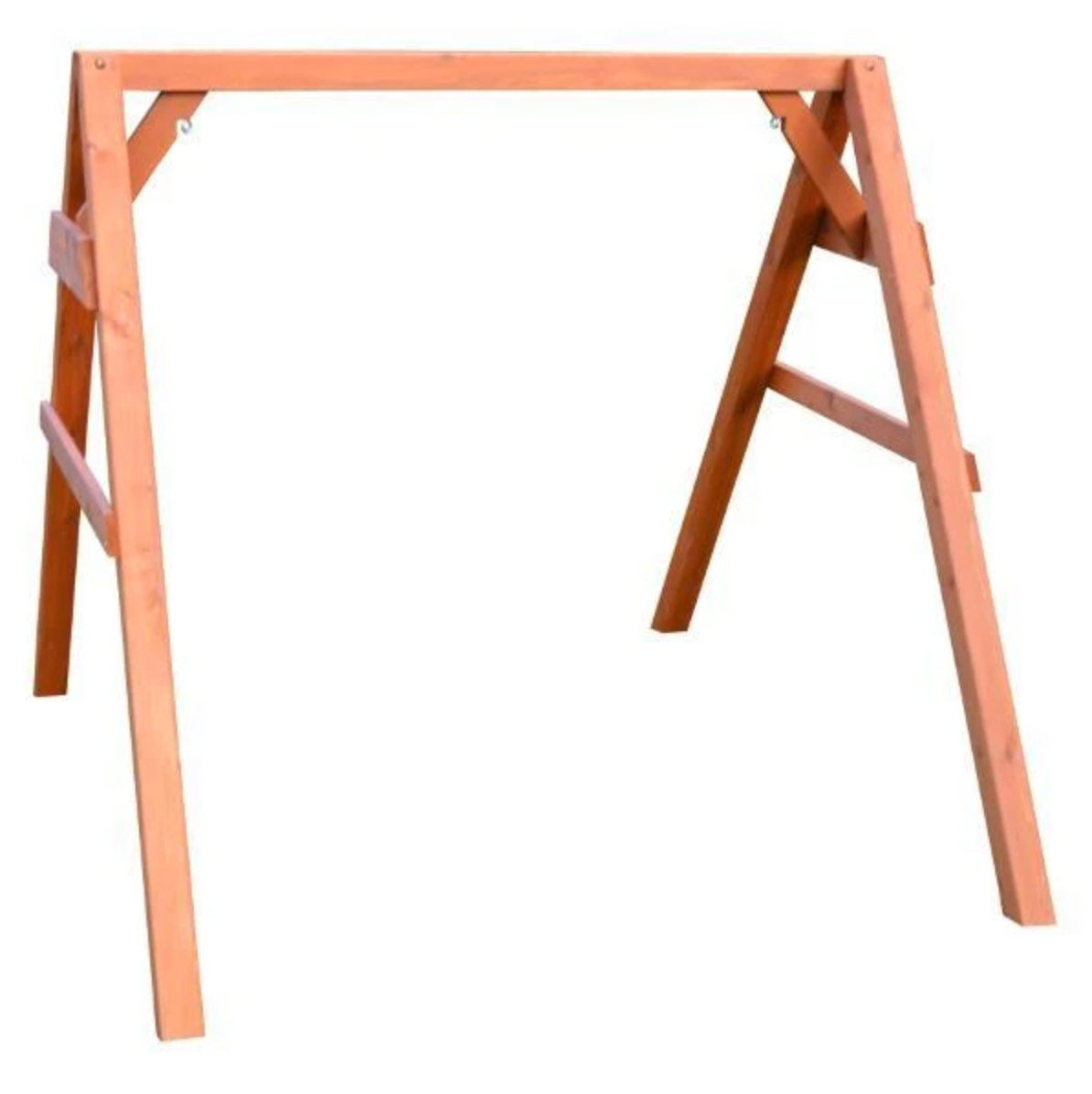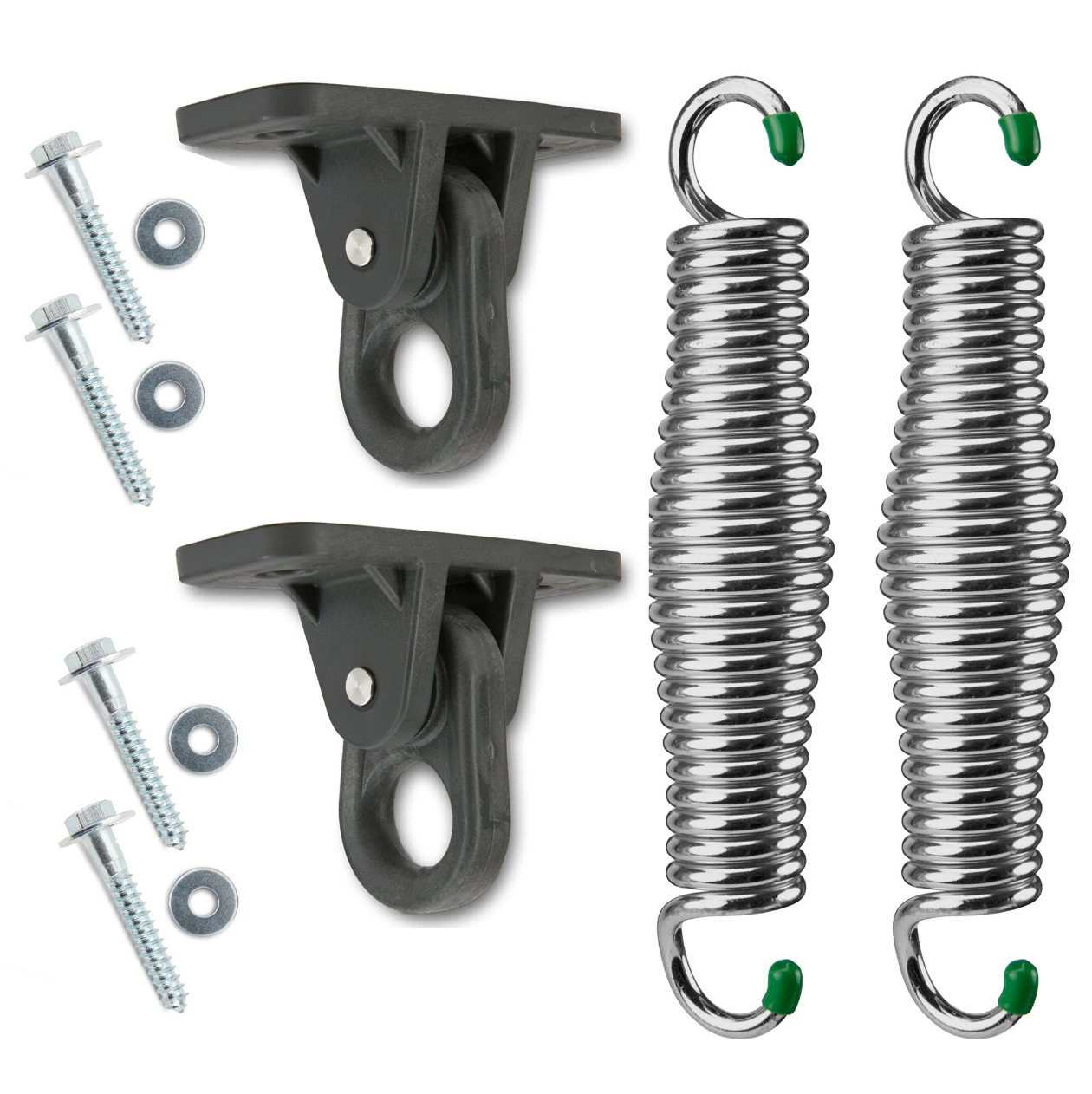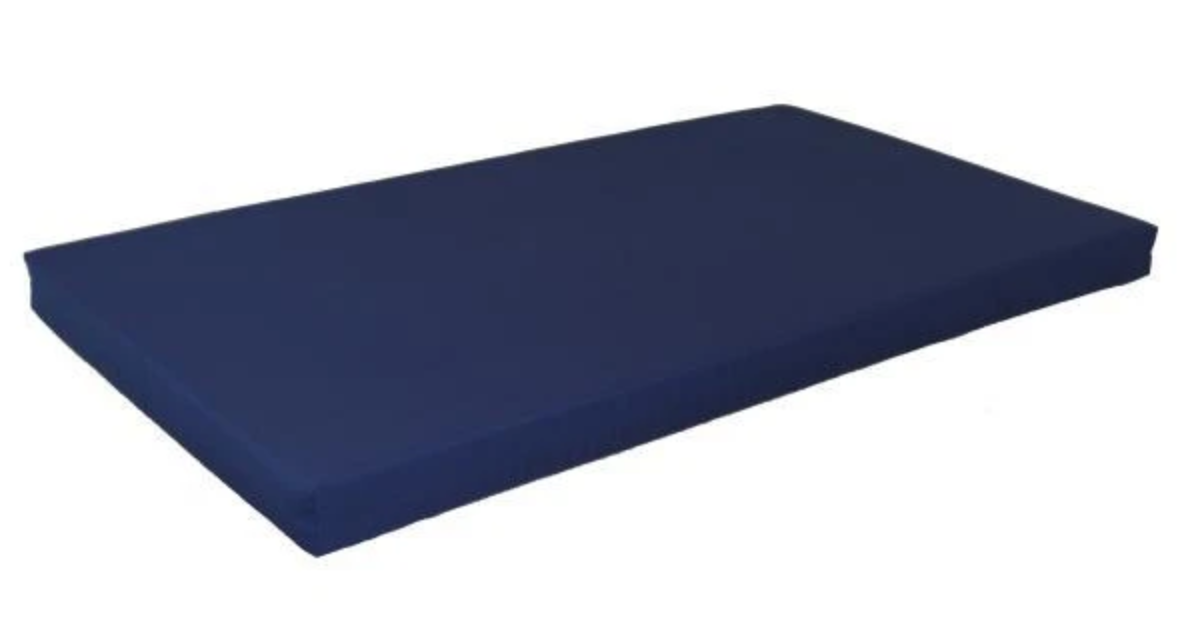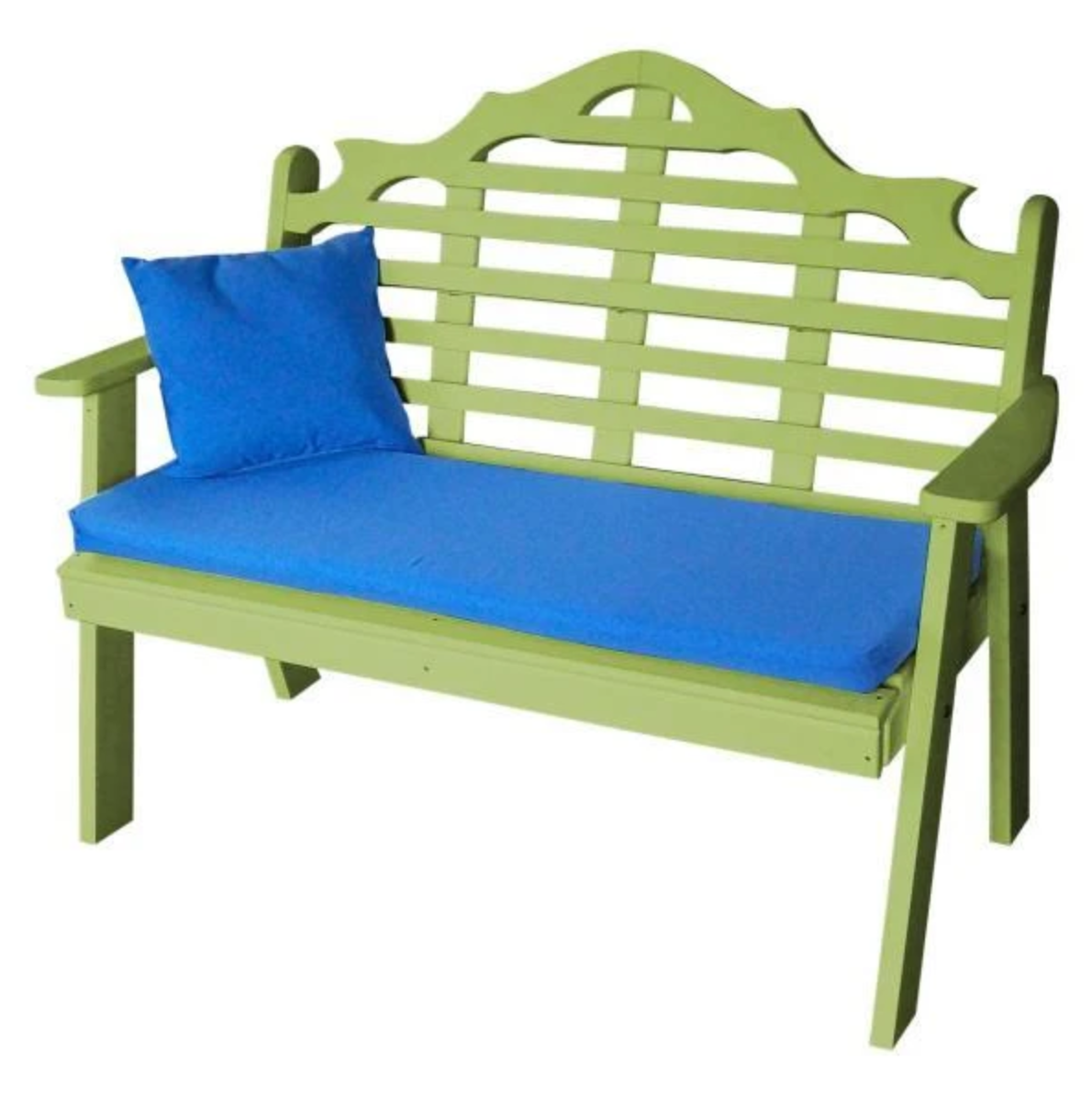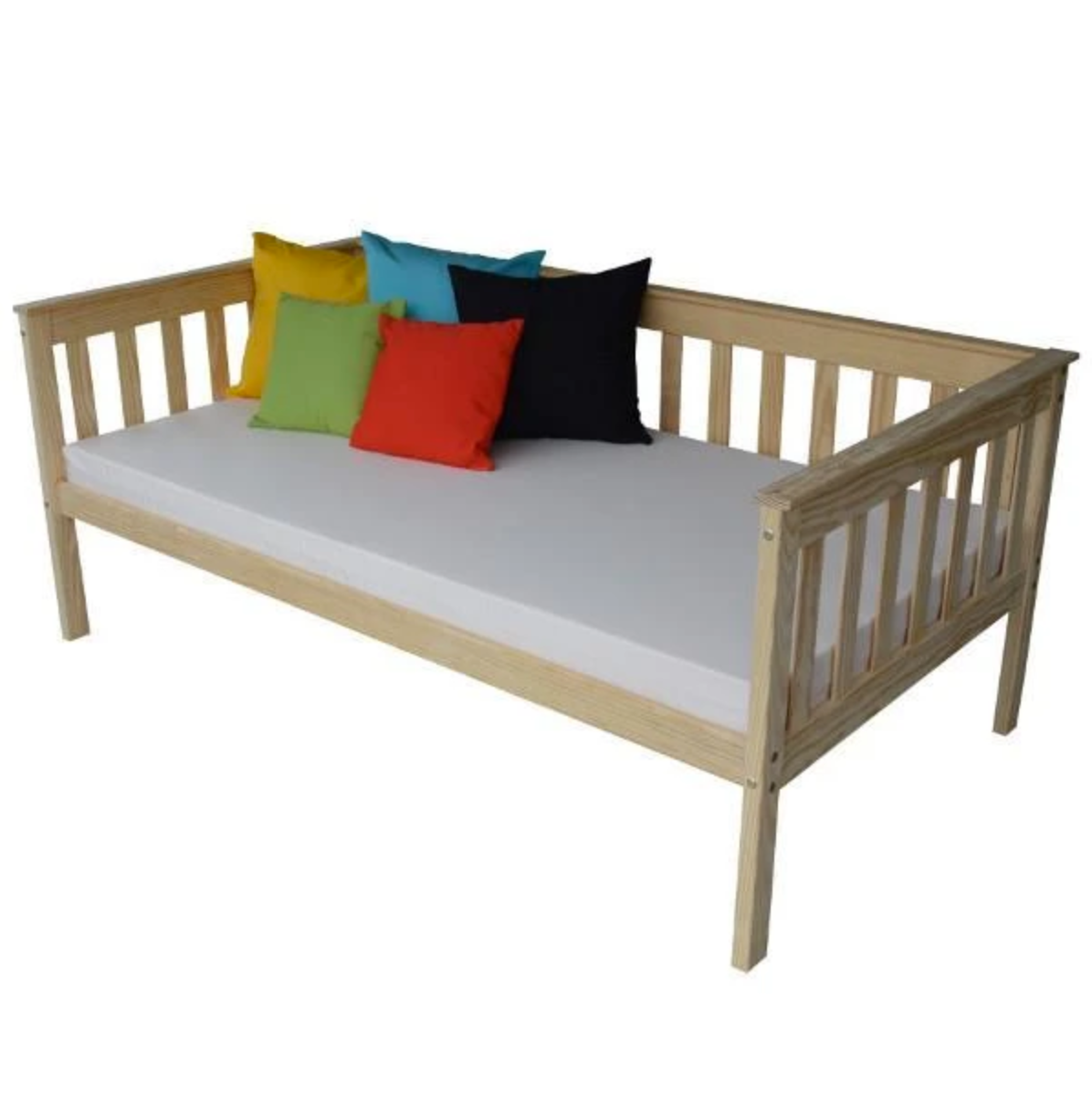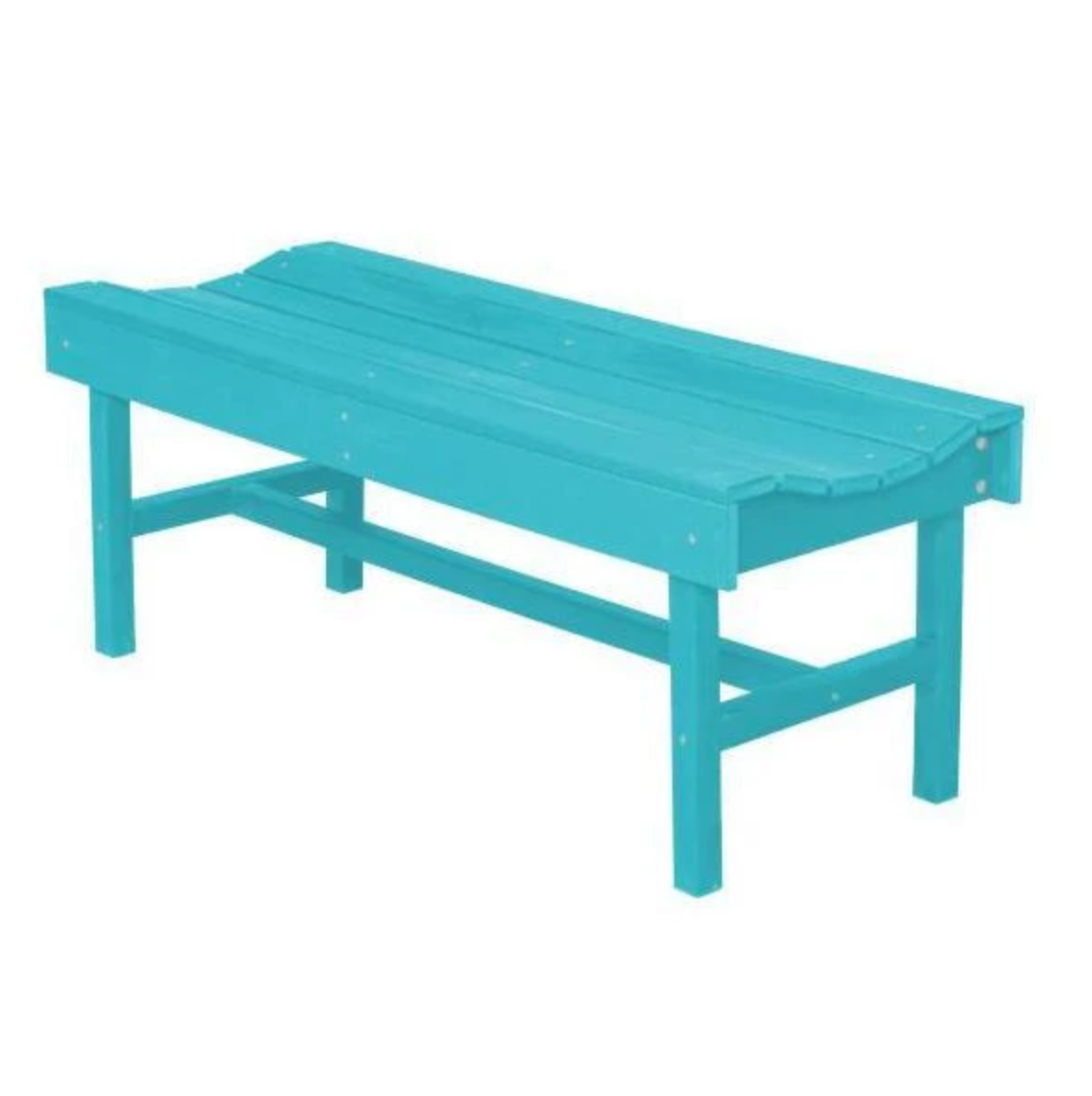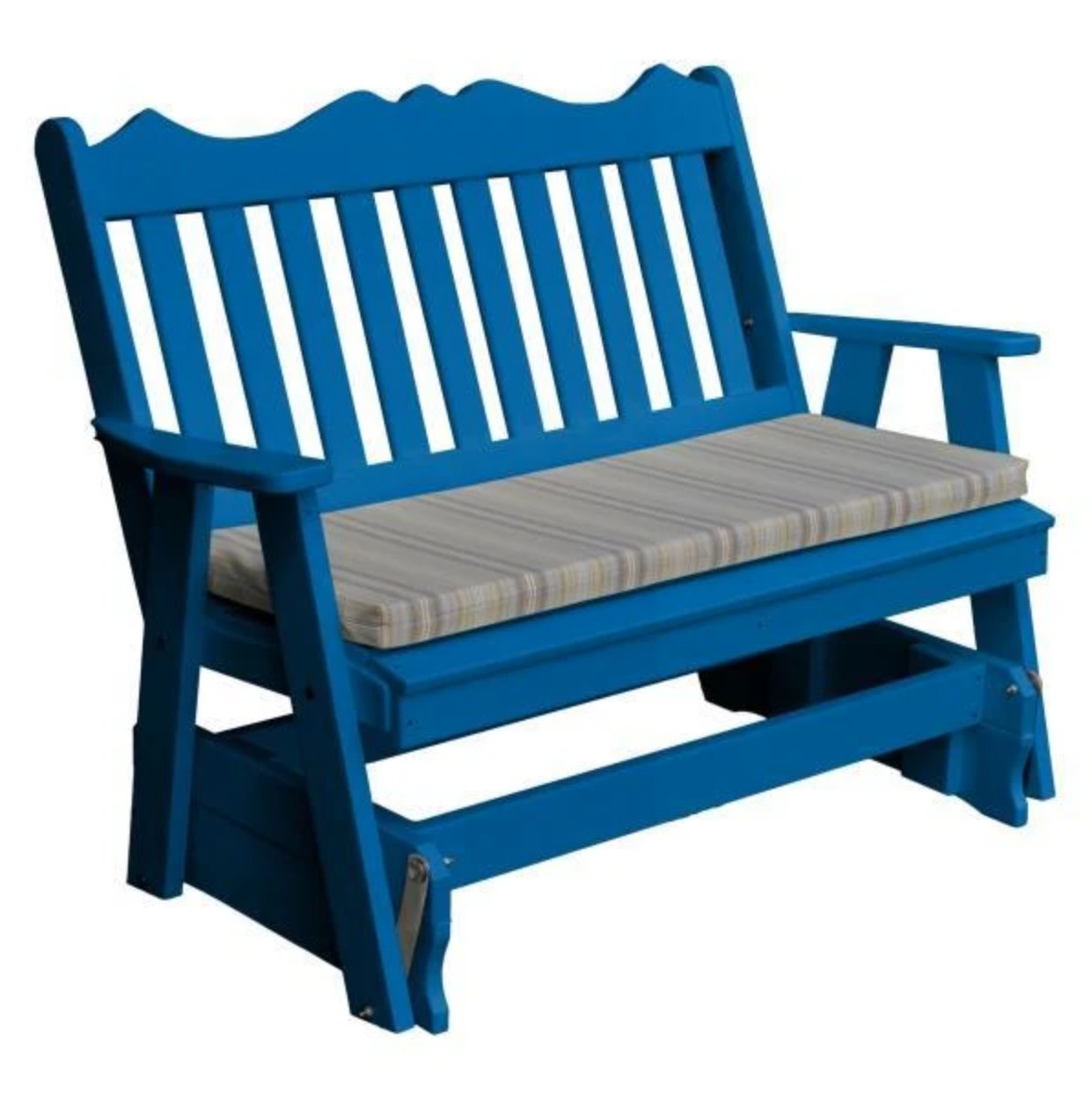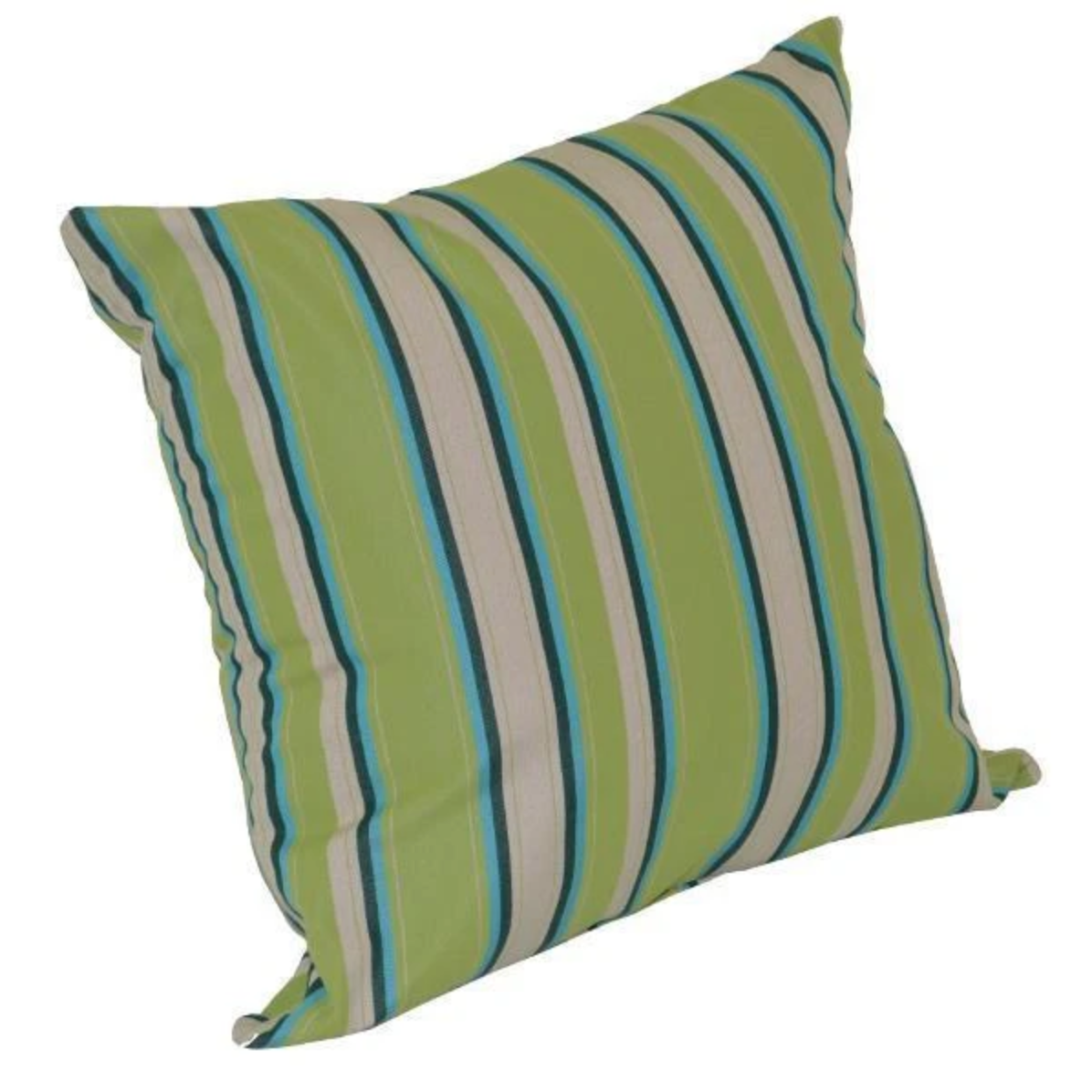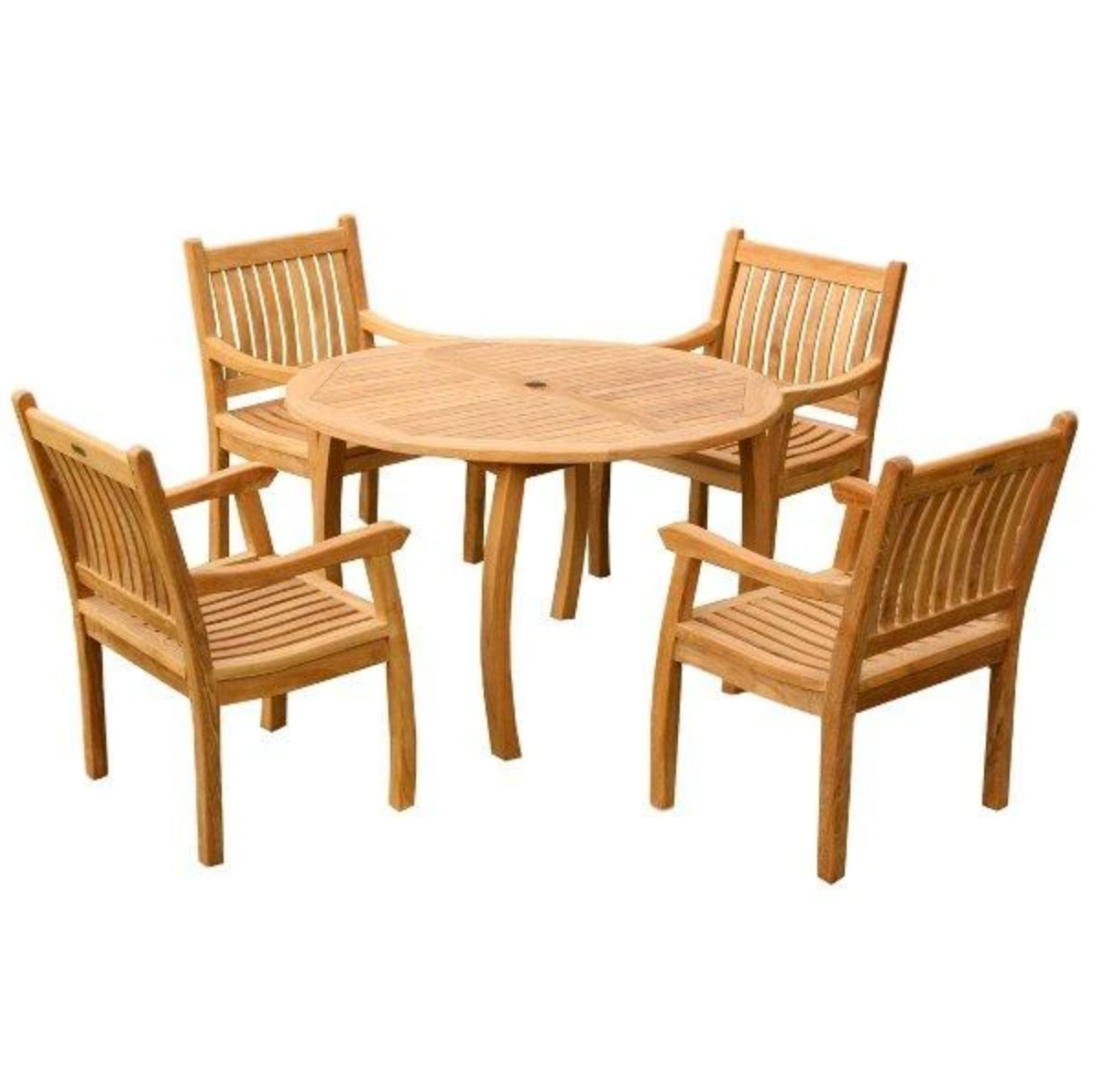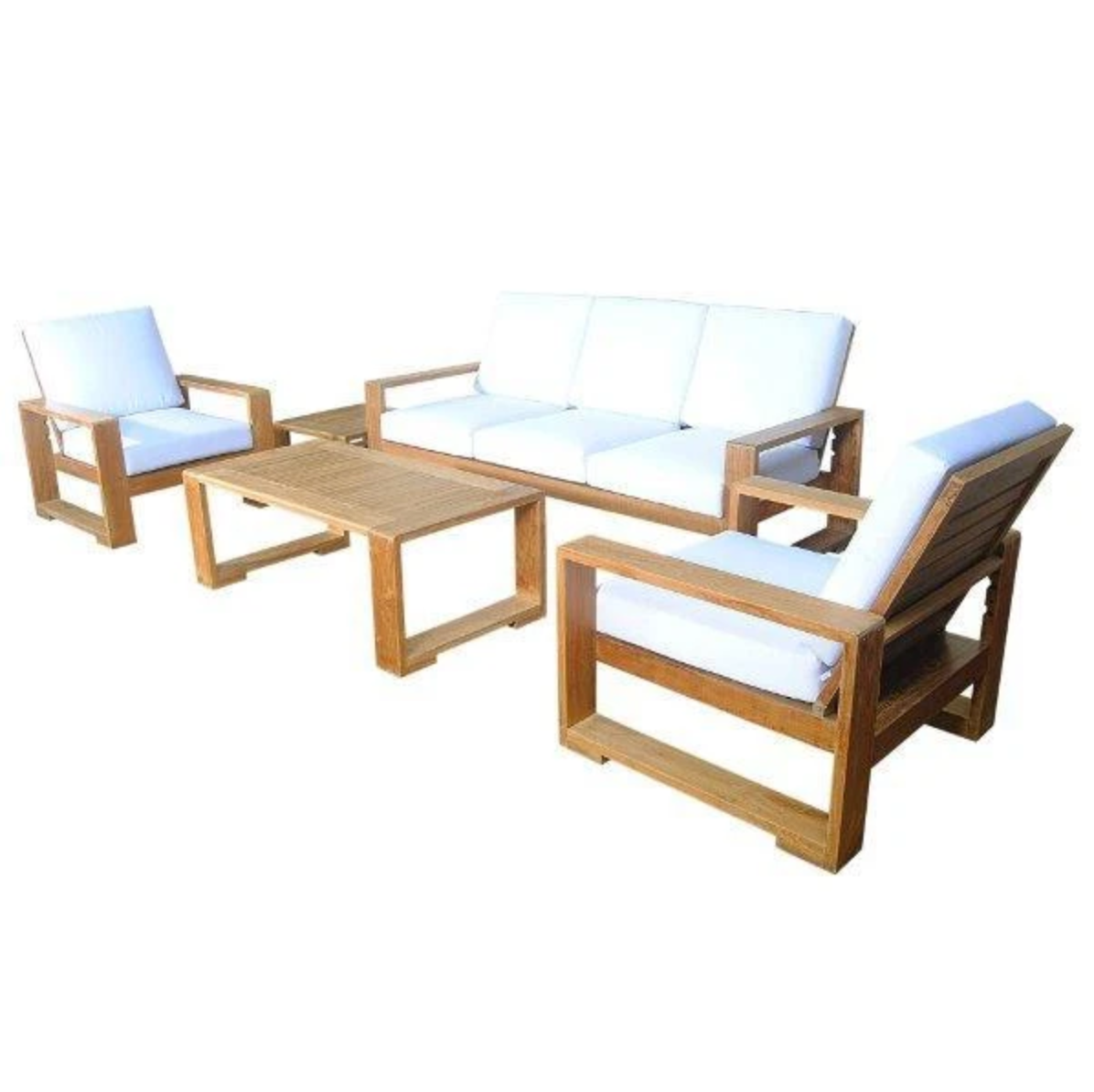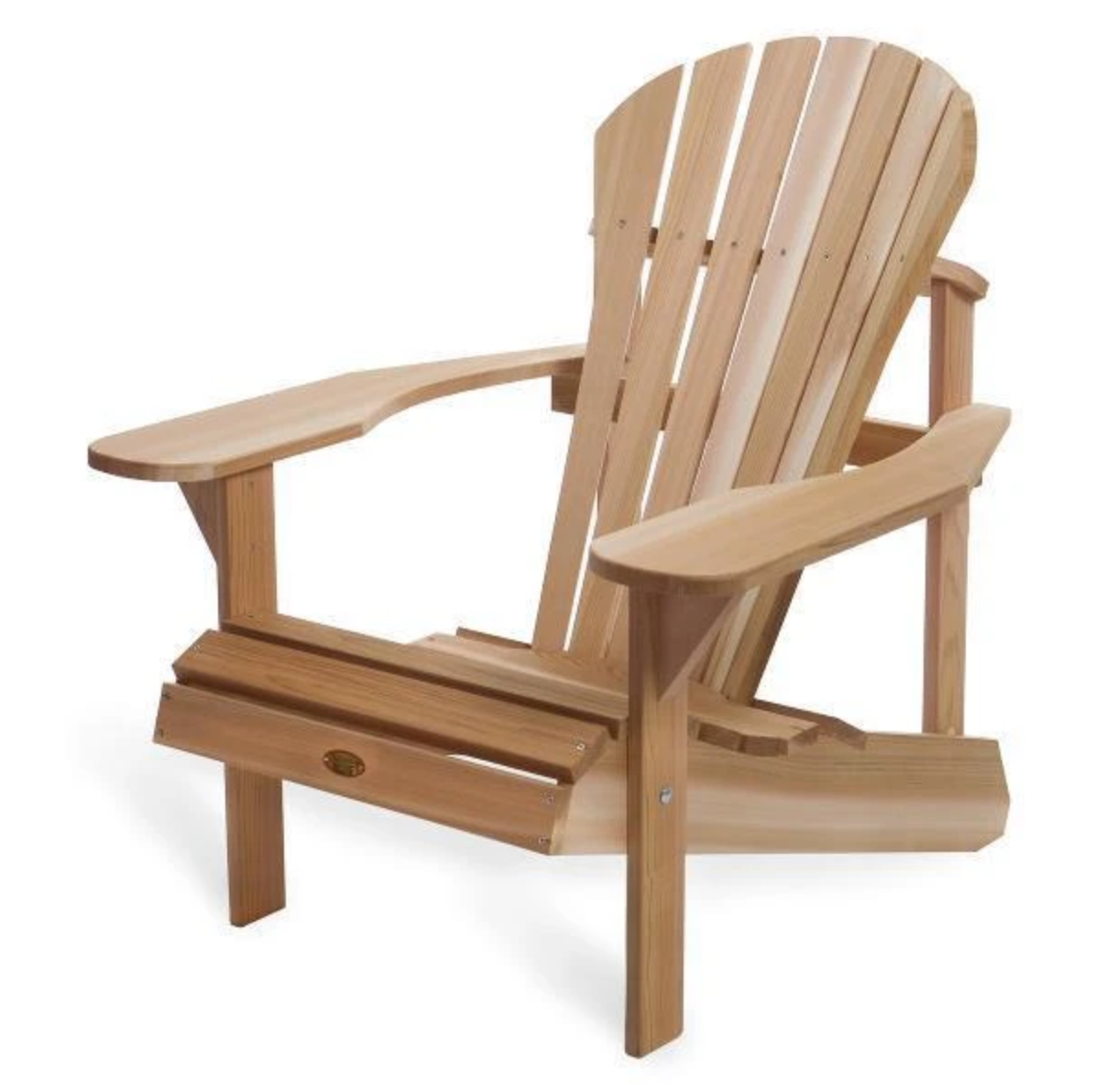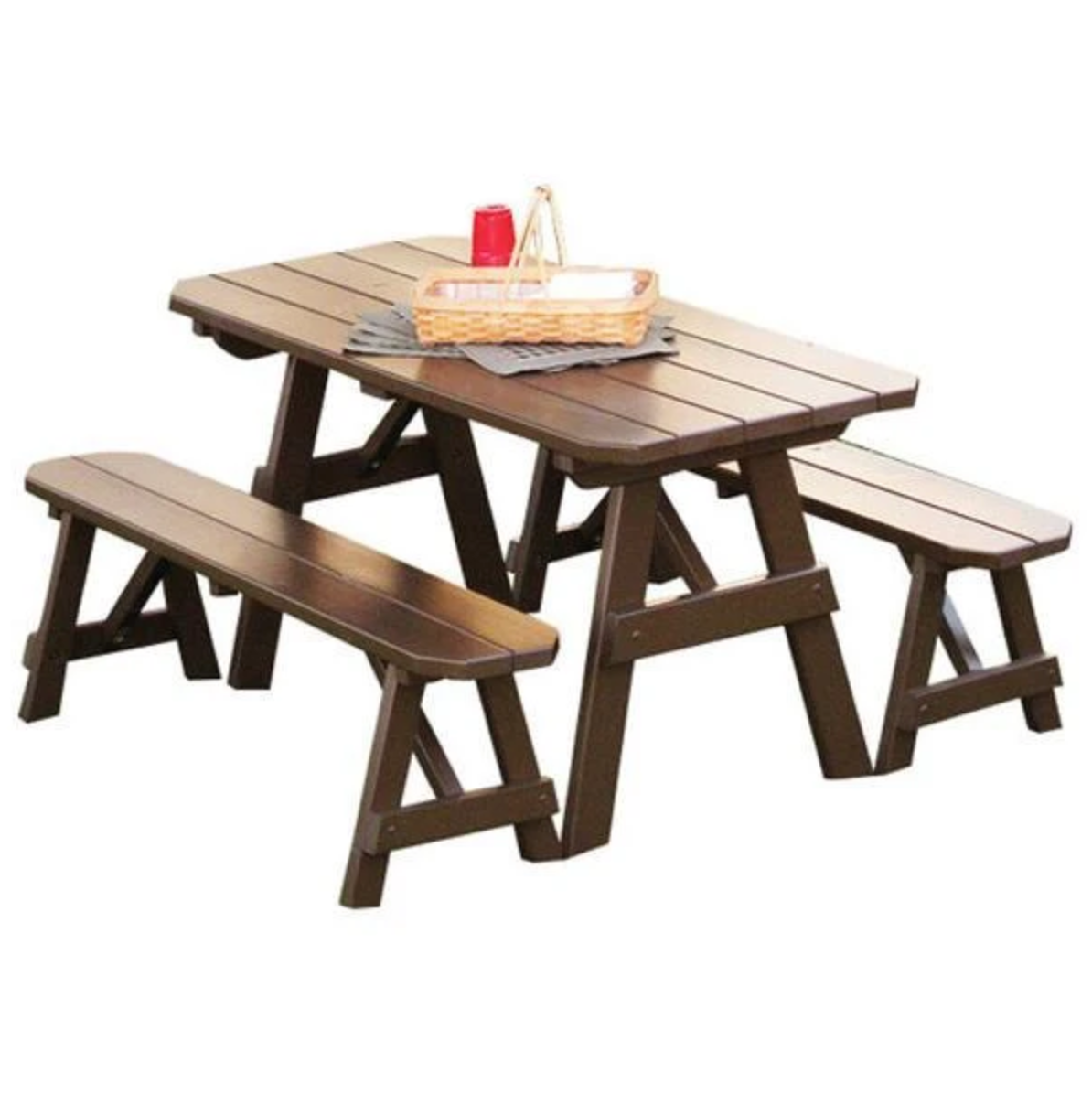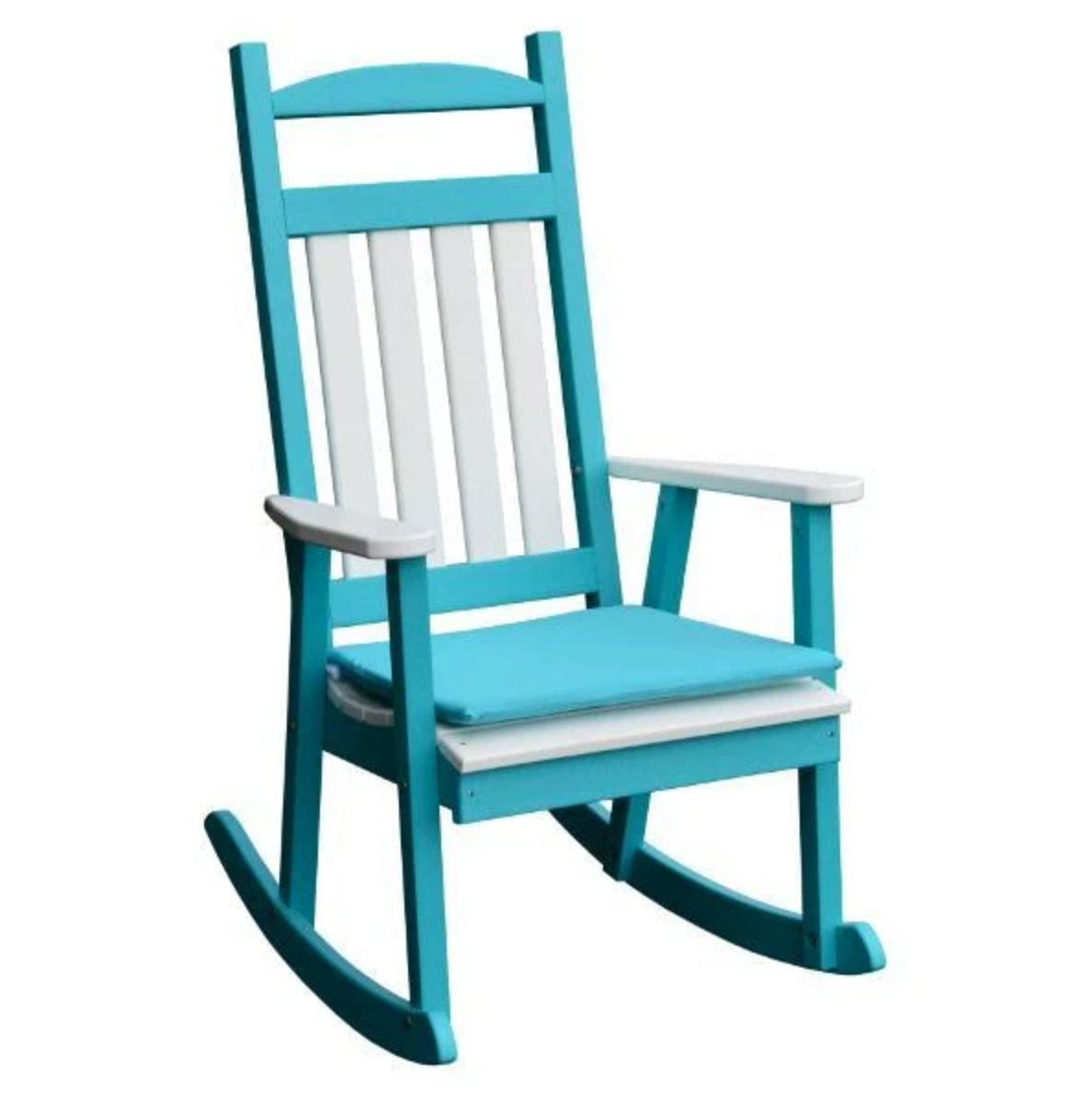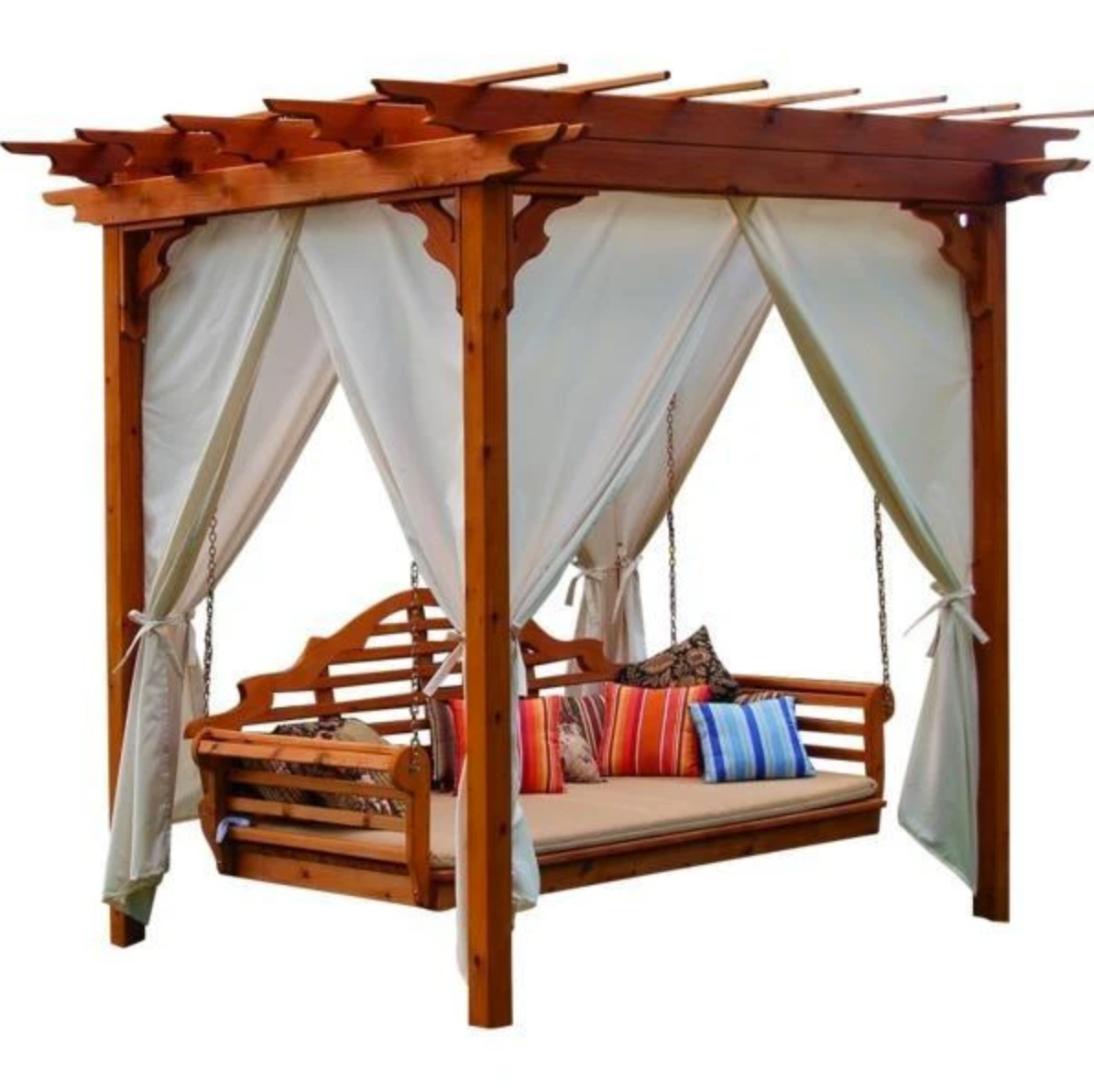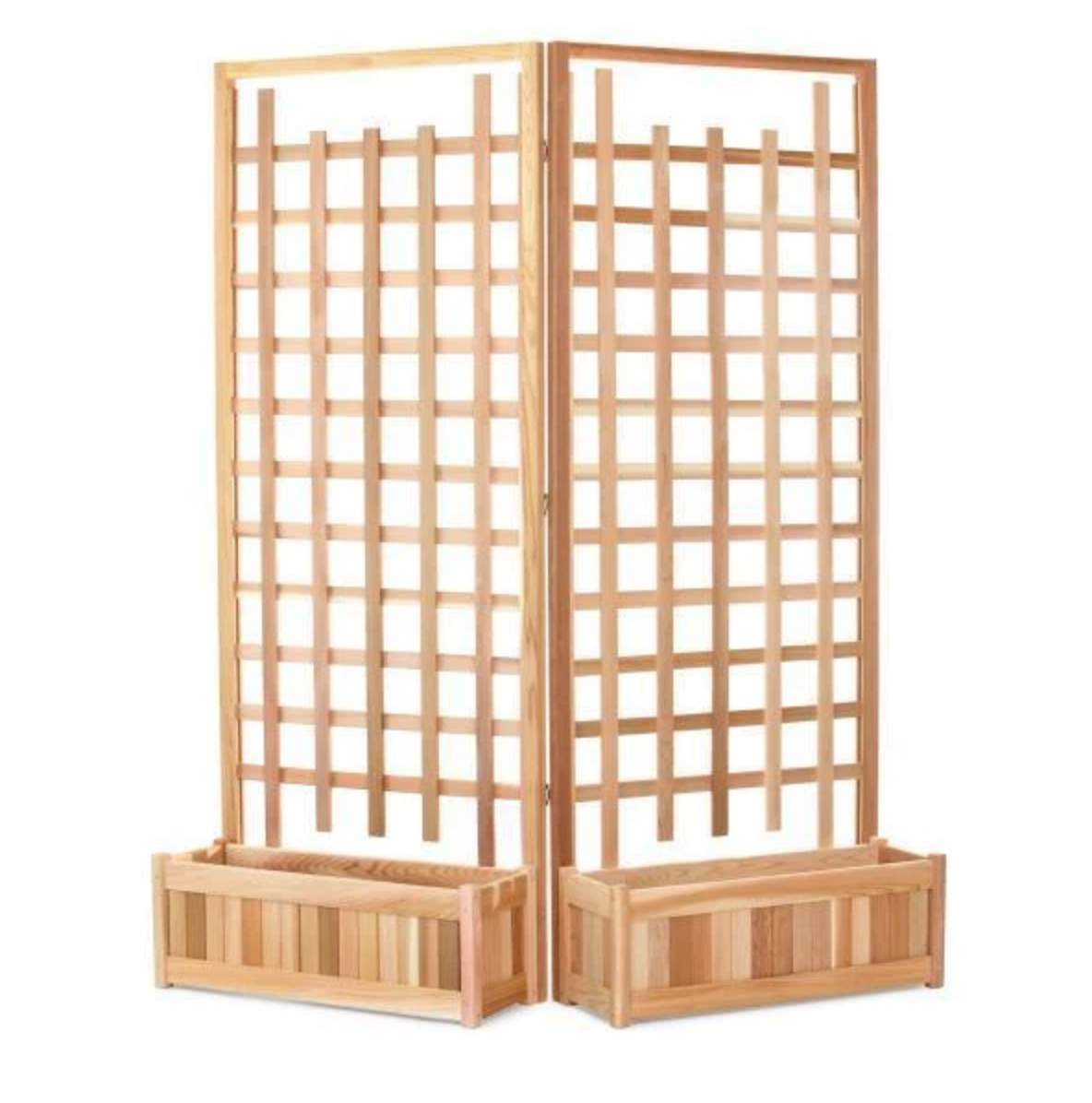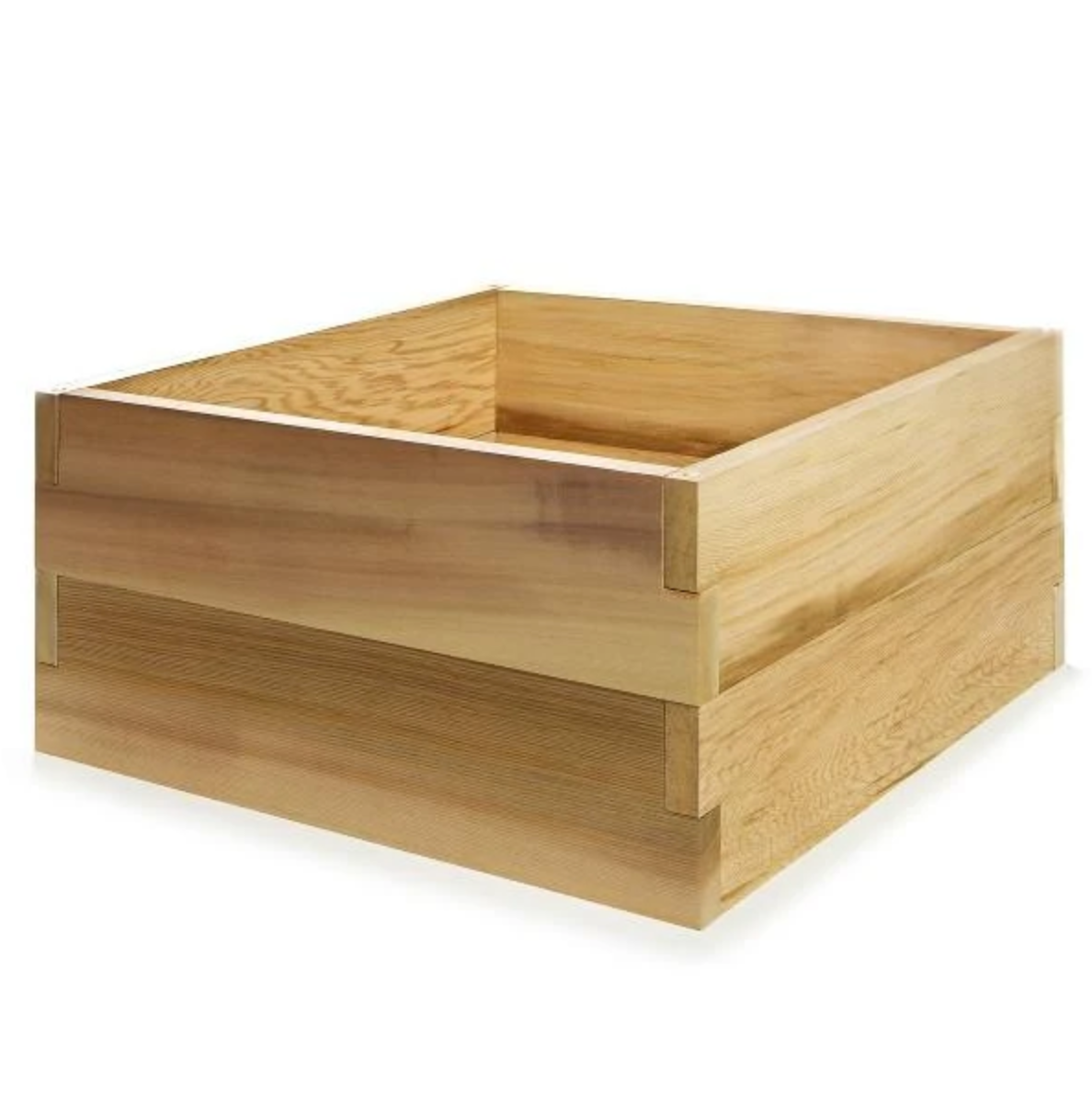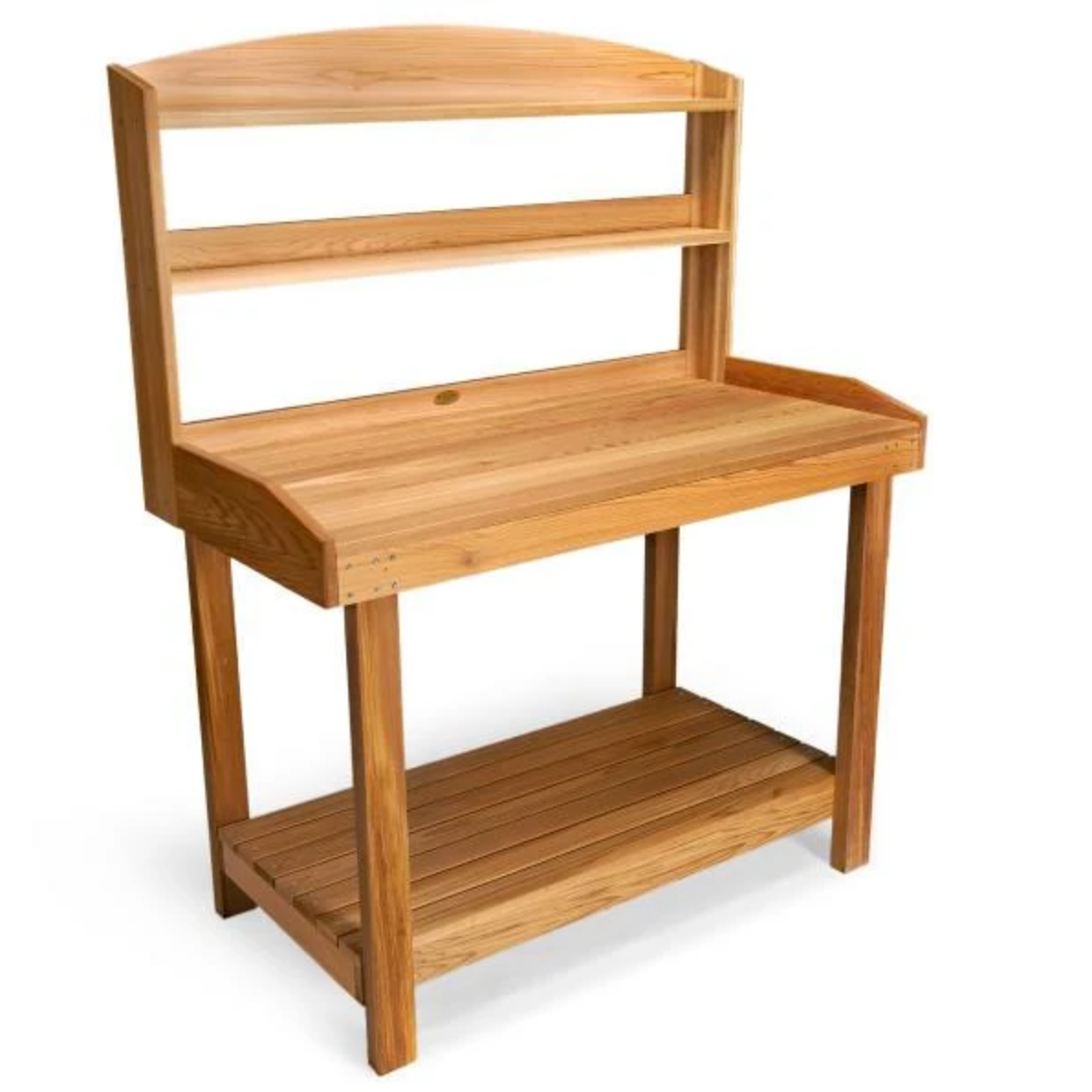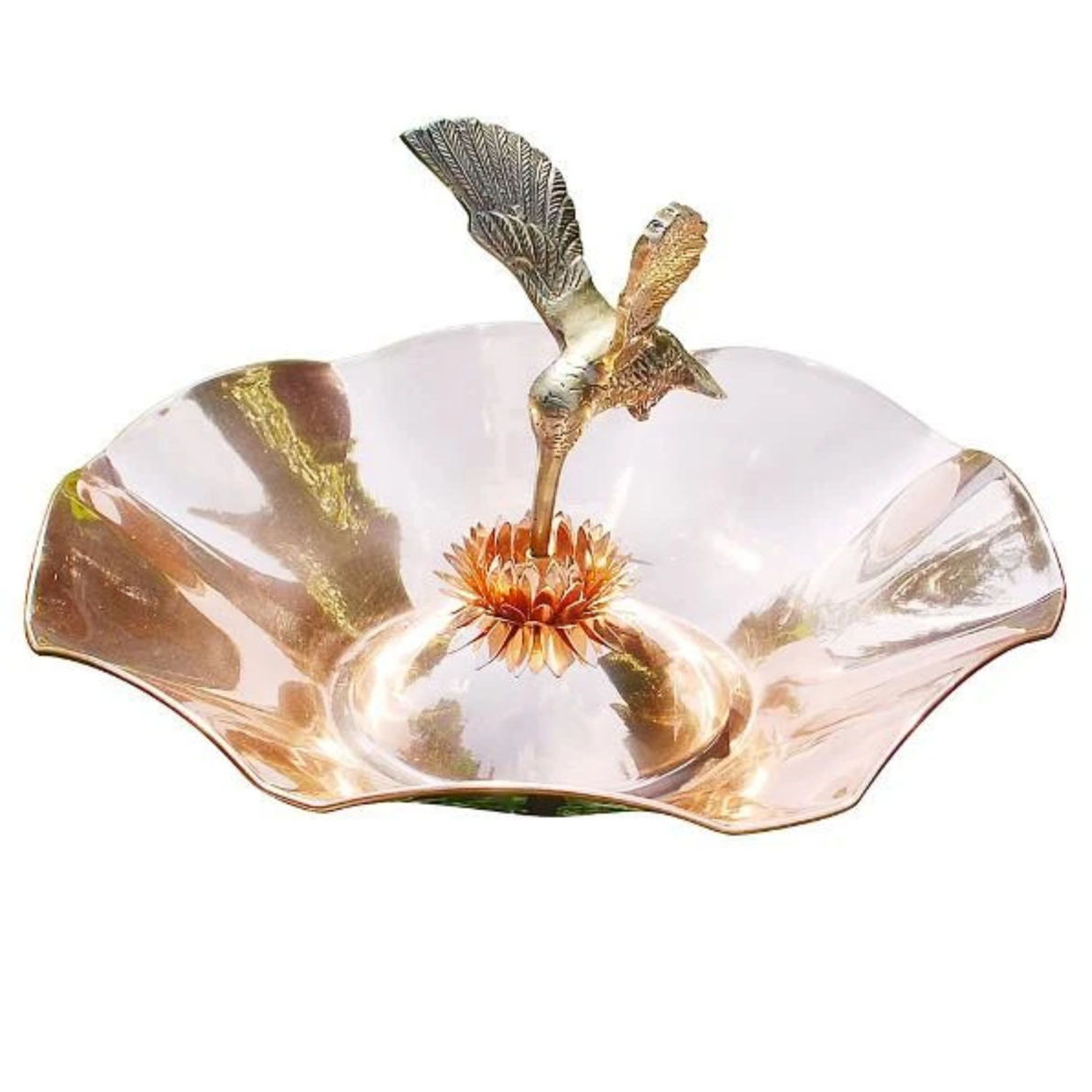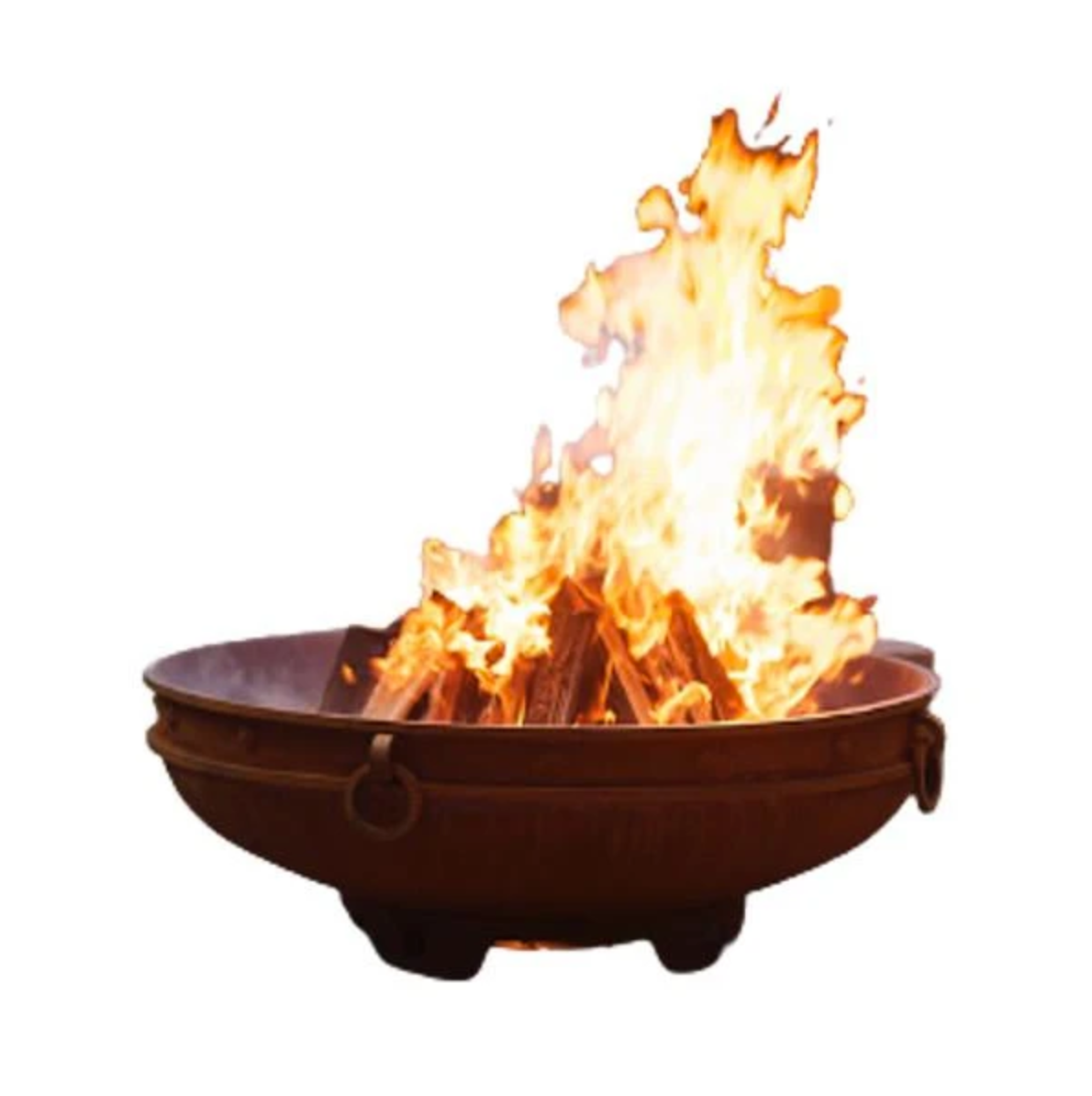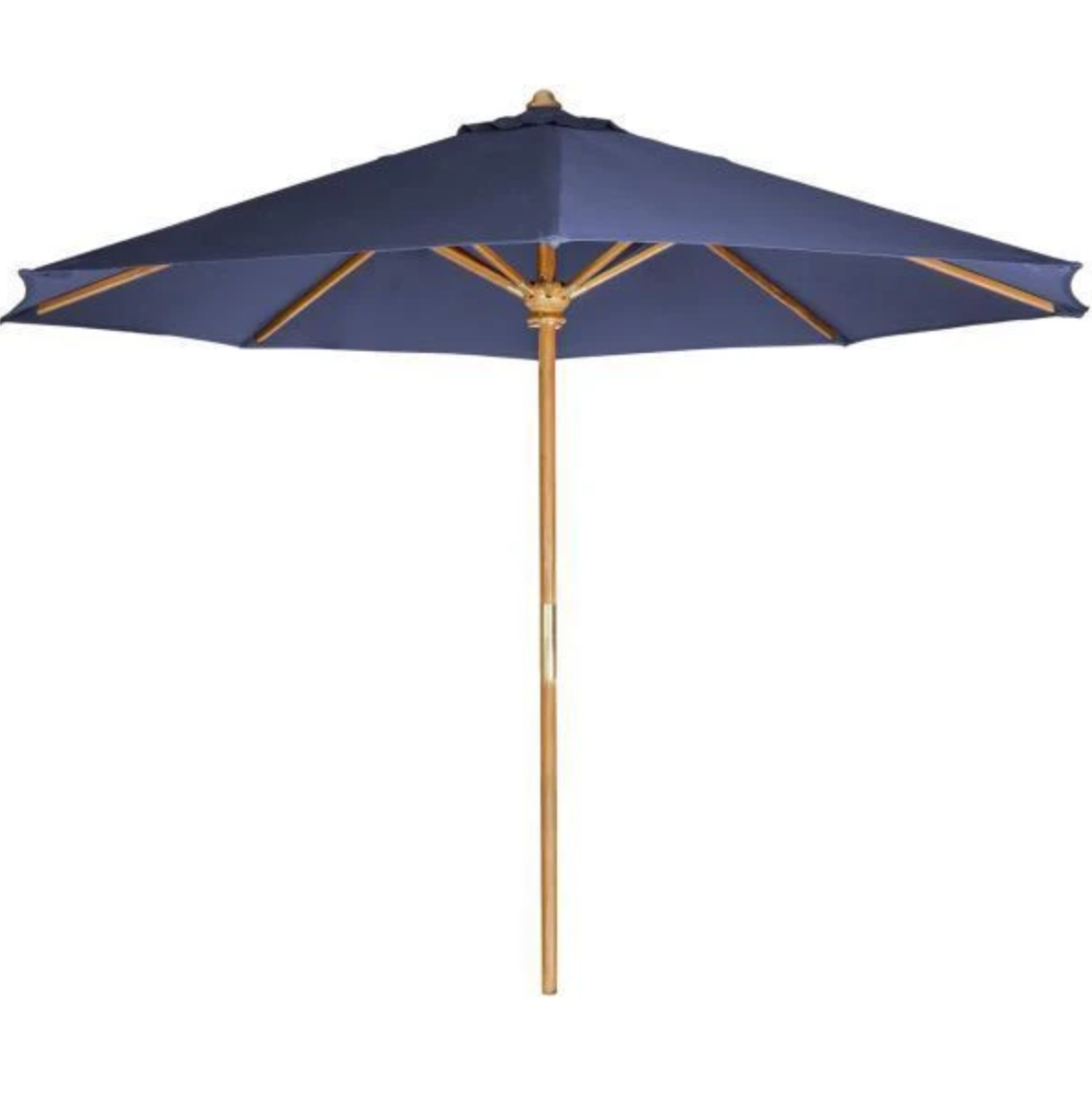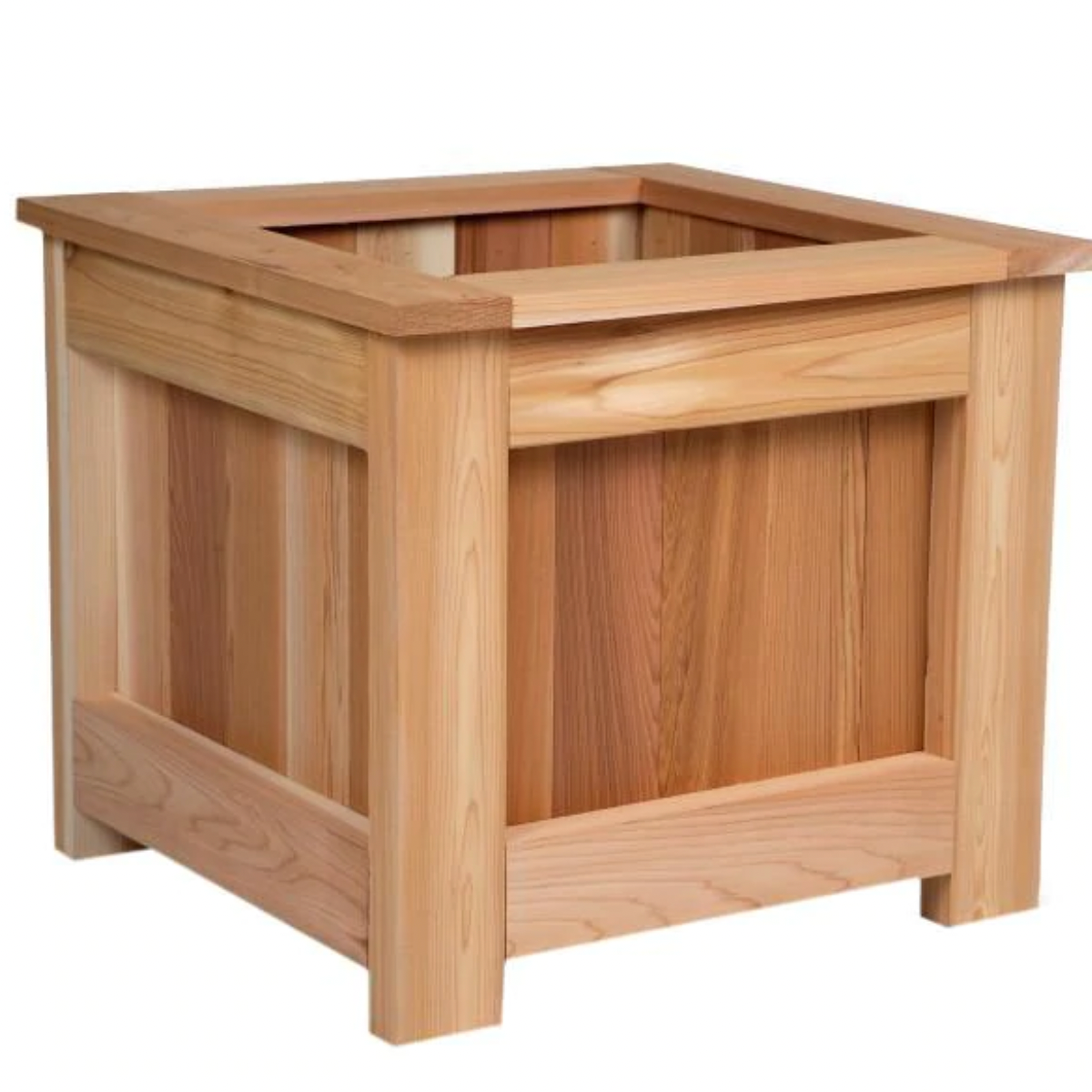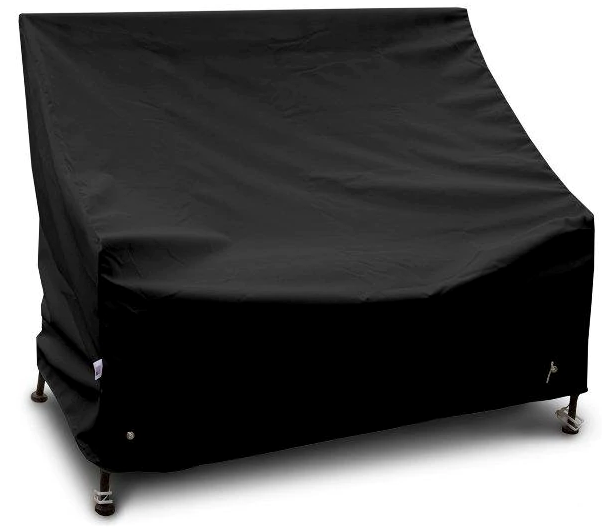Your Cart is Empty
FREE SHIPPING ON EVERY ORDER
Menu

FREE SHIPPING ON EVERY ORDER
Swings
Benches
Tables & Chairs
Home & Garden
Pergola vs Gazebo - What's the Difference?
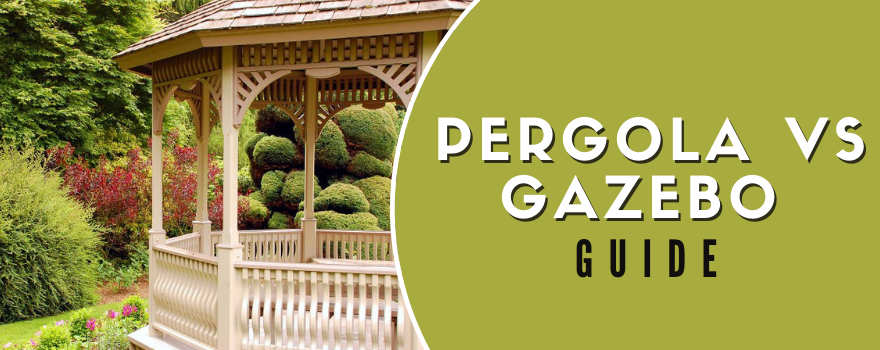
Pergolas and gazebos often get confused for one another simply because they both perform similar functions in your outdoor space. They are a focal point or a centerpiece of a setting, and they provide shade and shelter for those who sit underneath them.
But what are the true differences between a pergola and a gazebo?
We’re glad you asked. We’ve spent time dedicated to both gazebos and pergolas on our site, comparing pergolas to arbors and patio covers, but we’ve never compared pergolas vs gazebos.
Until now.
Pergola vs Gazebo
What’s the Difference Between a Pergola and a Gazebo?
The Gazebo: Roof, Shape, and Seating
There are many slight differences between the two, but there is one very primary difference between a pergola and a gazebo that separates them from one another, and that is the roof structure.
The roof structure of a gazebo is exactly that: a roof. It provides complete protection from sun and rain for outdoor living. It is solid material with no openings and is often made of asphalt shingles or metal to match the house or other outbuildings nearby.
A gazebo’s primary function is to provide shelter and coverage for those who enter. We’ll get to the seating options later, but the main difference between a gazebo and a pergola is that a gazebo has a completely covered roof with no openings.
The shape of the gazebo is also unique compared to a pergola. A gazebo is often round, hexagonal, or octagonal and is often looked at as a kind of pavillion. This is because they are often used as a gathering place for a special occasion like a wedding or social event where all guests are positioned to watch a ceremony or listen to a story in this outdoor structure.
Many gazebos have built-in seats like benches that go around the inner perimeter of the gazebo, giving guests a place to sit upon entering the gazebo.
So, when you think of a gazebo, you should think of these three components: the roof, the shape, and the seating. This will come into play later when we discuss what’s best for you, a gazebo or a pergola.
The Pergola: Roof, Shape, and Open Concept
The roof of a pergola isn’t actually a roof at all. Instead, pergola roofs are a series of cross beams that have intersected one another above while leaving the pergola's roof open. While pergolas can provide partial shade with the cross beams of the ceiling, that’s about it.
Rain and wind can blow through the open concept of the pergola, exposing you. So, if you’re looking for an outdoor structure that will keep you completely dry and shaded and doesn't have completely open sides, a pergola isn’t the best choice.
The shape of the pergola is also distinct. They are square or rectangular because they are intended a patio cover or cover for a deck area coming off your house. Pergolas are designed to be attached to a building, such as a home, garage, or pool house. Because of this, they have a basic square or rectangular shape, which also gives them a clean and neat appearance.
Finally, the concept of a pergola is intended to be open. Because they are used on back patios and in gardens, they are designed to allow users to enjoy the open air.
When used in a garden, climbing plants can be placed near the posts of the pergola and will climb them like a trellis. If you’re looking for a structure to place in a garden or give your climbing plants something to climb, a pergola is your best choice.
How to Decide Between a Pergola vs Gazebo
Now that you know the differences between a pergola and a gazebo, it’s time to decide which one you should choose, and we’re here to help you make your decision.
First, ask yourself why you need a pergola or a gazebo? This answer almost always tells you what you need to choose.
Here are some of the most frequently asked questions when trying to decide between a pergola and a gazebo:
Q: What type of structure do I need if I want to sit and read a book at any time of the day in any weather conditions?
A: Gazebo
Q: What can I add to my garden that will help my climbing plants grow and that I can also enjoy sitting under during nice weather?
A: Pergola
(See! You’re getting the hang of it. Let’s try a trickier one now.)
Q: What should I add to my backyard if I want to entertain a group of friends?
A: Either
This is where your personal preference comes into play. Both gazebos and pergolas can be a great area for entertaining. You can’t go wrong with whichever one you choose as long as you don’t put any unrealistic expectations on one structure.
For example, it’s not fair to a pergola to expect it to keep you completely dry if it starts to rain. Only a gazebo will do that. So take your question to the next level and ask yourself, “If this, then what?”
Meaning, if it were to rain, then what would this structure do to help me? Or, if I wanted to add some vines or climbing plants to my garden, what structure would work best?
Pergola vs Gazebo: Which One Will You Choose?
We hope this has helped you understand the difference between a pergola and a gazebo and has helped you decide which one is the right one for you.
If you choose a pergola, make sure you know how to properly care for it so that it will last for many years to come. We have an entire article dedicated to taking care of a pergola, so make sure you stop by there before you leave.
Final Thoughts
Whether you choose a gazebo or a pergola, you know you’ll be adding charm and character to your backyard. Gazebos and pergolas can turn an ordinary patio or backyard into an extraordinary one. The hard part is simply deciding which one to choose.
Also in News
US
United States
Dec 14, 2025 07:38
Product Tag :
Product Collection :
×
